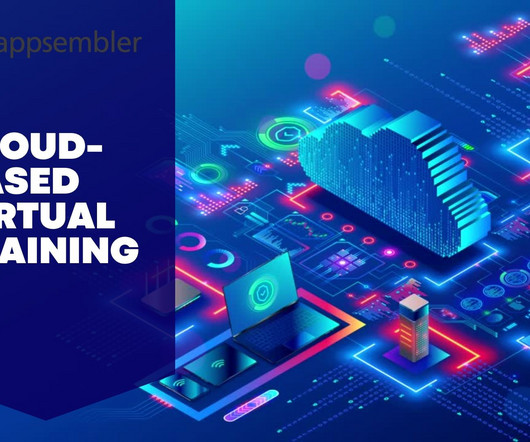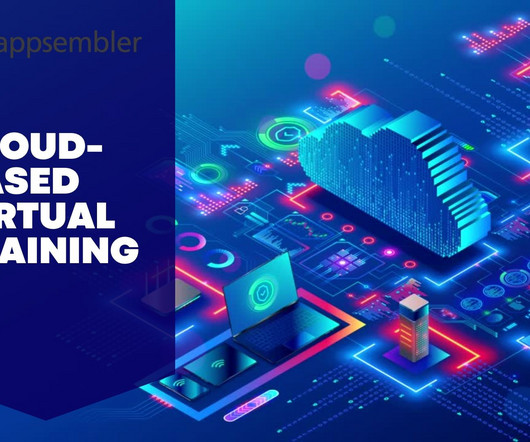The Art of Persuasion: Harnessing Neuromarketing for Dynamic eLearning
eLearningMind
AUGUST 9, 2023
In today’s digital age, where attention spans are short and information overload is a constant challenge, eLearning has become a powerful tool for engaging learners and delivering effective training. This, in turn, enhances engagement, focus, and information retention.
































Let's personalize your content